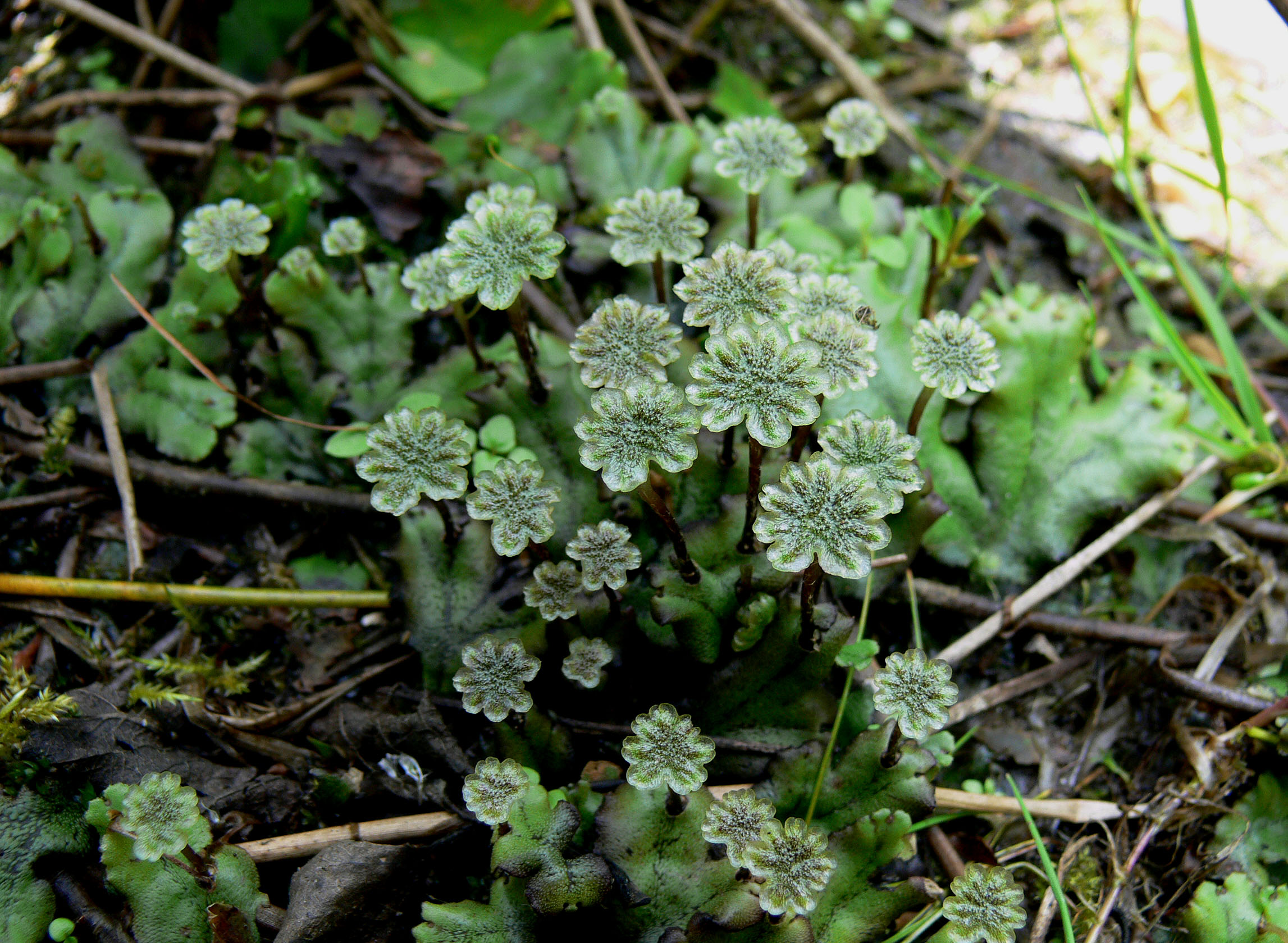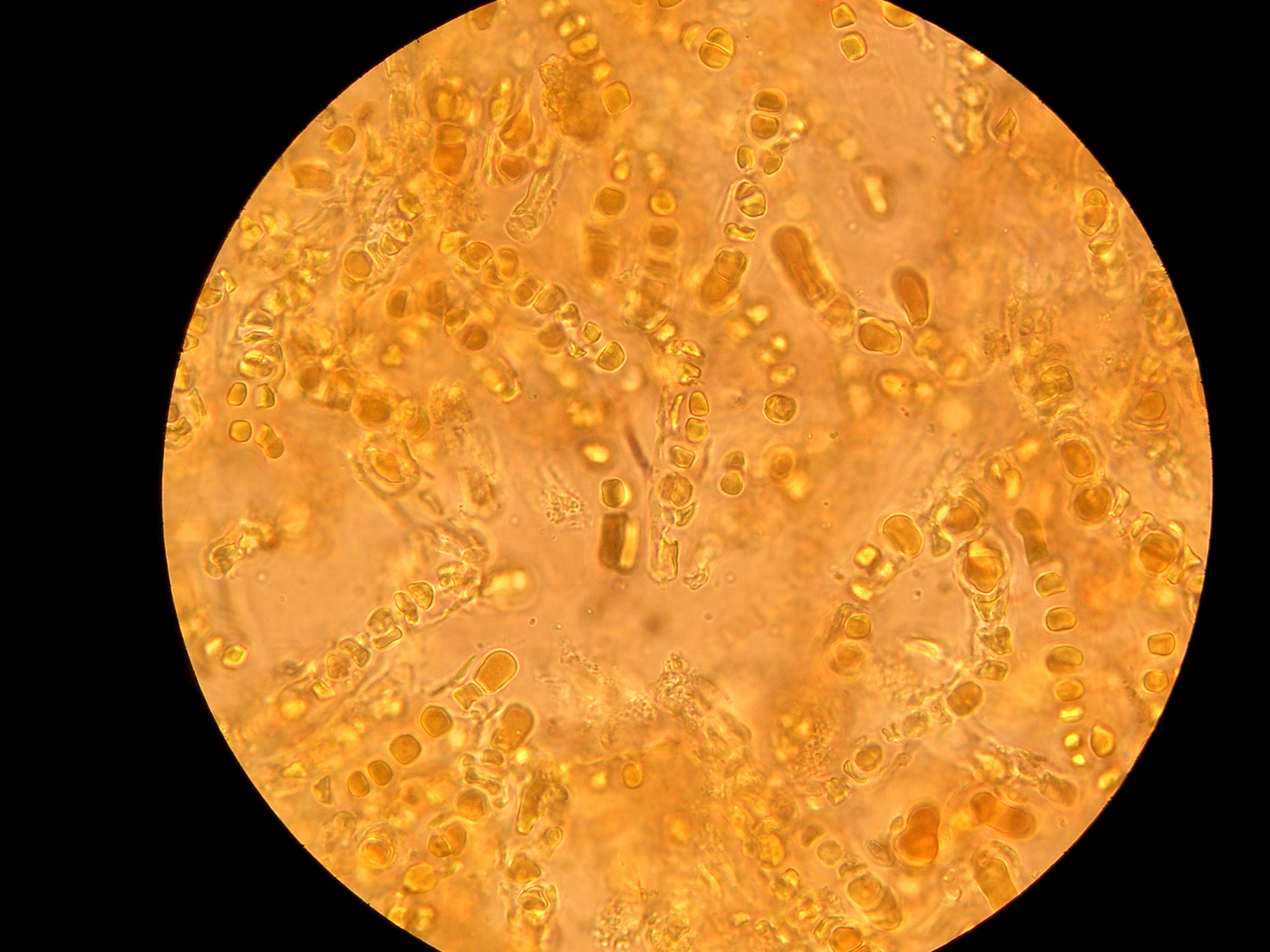|
Cora Hafecesweorthensis
''Cora hafecesweorthensis'' is a species of basidiolichen in the family Hygrophoraceae. Found in Colombia, it was formally described as a new species in 2016 by Bibiana Moncada, Robert Lücking, and Rouchi Nadine Peláez-Pulido. The specific epithet ''hafecesweorthensis'' refers to ''Hafecesweorthe'', an early Anglo-Saxon name for Hawksworth in Yorkshire, and an indirect tribute to mycologist David Leslie Hawksworth. The lichen is only known from its type locality in the Bosques Peña de Santa Bárbara Natural Reserve in Cundinamarca. Here it occurs in wet subpáramo and subandine cloud forest at altitudes between . The lichen grows on the ground, between other lichen A lichen ( , ) is a composite organism that arises from algae or cyanobacteria living among filaments of multiple fungi species in a mutualistic relationship. [...More Info...] [...Related Items...] OR: [Wikipedia] [Google] [Baidu] |
Robert Lücking
Robert Lücking (born 1964) is a German lichenologist. He is a leading expert on foliicolous lichens–lichens that live on leaves. Life and career Born in Ulm in 1964, Lücking earned both his master's (1990) and PhD degree (1994) at the University of Ulm. Both degrees concerned the taxonomy, ecology, and biodiversity of foliicolous lichens. His graduate supervisor was mycologist and bryologist Sieghard Winkler, who had previously studied epiphyllous (upper leaf-dwelling) fungi in El Salvador and Colombia. In 1996 Lücking was awarded the Mason E. Hale award for an "outstanding doctoral thesis presented by a candidate on a lichenological theme". His thesis was titled ''Foliikole Flechten und ihre Mikrohabitatpraferenzen in einem tropischen Regenwald in Costa Rica'' ("Foliicolous lichens and their microhabitat preferences in a tropical rainforest in Costa Rica"). In this work, Lücking recorded 177 foliicolous lichen species from the shrub layer in a Costa Rican tropical forest. L ... [...More Info...] [...Related Items...] OR: [Wikipedia] [Google] [Baidu] |
Páramo
Páramo () can refer to a variety of alpine tundra ecosystems located in the Andes Mountain Range, South America. Some ecologists describe the páramo broadly as "all high, tropical, montane vegetation above the continuous timberline". A narrower term classifies the páramo according to its regional placement in the northern Andes of South America and adjacent southern Central America. The páramo is the ecosystem of the regions above the continuous forest line, yet below the permanent snowline. It is a "Neotropical high mountain biome with a vegetation composed mainly of giant rosette plants, shrubs and grasses". According to scientists, páramos may be " evolutionary hot spots", that meaning that it's among the fastest evolving regions on Earth. Location The Northern Andean Páramo global ecoregion includes the Cordillera Central páramo (Ecuador, Peru), Santa Marta páramo (Colombia), Cordillera de Merida páramo (Venezuela) and Northern Andean páramo (Colombia, Ecuado ... [...More Info...] [...Related Items...] OR: [Wikipedia] [Google] [Baidu] |
Lichens Of Central America
A lichen ( , ) is a composite organism that arises from algae or cyanobacteria living among filaments of multiple fungi species in a mutualistic relationship.Introduction to Lichens – An Alliance between Kingdoms . University of California Museum of Paleontology. Lichens have properties different from those of their component organisms. They come in many colors, sizes, and forms and are sometimes plant-like, but are not s. They may have tiny, leafless branches ( fruticose); flat leaf-like structures ( [...More Info...] [...Related Items...] OR: [Wikipedia] [Google] [Baidu] |
Cora
Cora may refer to: Science * ''Cora'' (fungus), a genus of lichens * ''Cora'' (damselfly), a genus of damselflies * CorA metal ion transporter, a Mg2+ influx system People * Cora (name), a given name and surname * Cora E. (born 1968), German hip-hop artist * Sexy Cora or Carolin Ebert (1987–2011), German actress, model, singer Places United States * Cora, Illinois * Cora, Kansas * Cora, Missouri * Cora, West Virginia * Cora, Washington * Cora, Wyoming Other places * Cora (Ancient Latin town), an ancient town in Latium (Italy) * Cori, Lazio, Italy Other uses * 504 Cora, a metallic asteroid from the middle region of the asteroid belt * Cora (hypermarket), a retail group of hypermarkets in Europe * Cora (instrument), an alternative spelling of the West African musical instrument Kora * ''Cora'' (opera), a 1791 opera by Étienne Méhul, libretto by Valadier * Cora (restaurant), a Canadian chain of casual restaurants * Cora (rocket), a French rocket * ''Cora'' (1812 ship), a ... [...More Info...] [...Related Items...] OR: [Wikipedia] [Google] [Baidu] |
Bryophyte
The Bryophyta s.l. are a proposed taxonomic division containing three groups of non-vascular land plants ( embryophytes): the liverworts, hornworts and mosses. Bryophyta s.s. consists of the mosses only. They are characteristically limited in size and prefer moist habitats although they can survive in drier environments. The bryophytes consist of about 20,000 plant species. Bryophytes produce enclosed reproductive structures (gametangia and sporangia), but they do not produce flowers or seeds. They reproduce sexually by spores and asexually by fragmentation or the production of gemmae. Though bryophytes were considered a paraphyletic group in recent years, almost all of the most recent phylogenetic evidence supports the monophyly of this group, as originally classified by Wilhelm Schimper in 1879. The term ''bryophyte'' comes . Terminology The term "Bryophyta" was first suggested by Braun in 1864. G.M. Smith placed this group between Algae and Pteridophyta. Features ... [...More Info...] [...Related Items...] OR: [Wikipedia] [Google] [Baidu] |
Lichen
A lichen ( , ) is a composite organism that arises from algae or cyanobacteria living among filaments of multiple fungi species in a mutualistic relationship.Introduction to Lichens – An Alliance between Kingdoms . University of California Museum of Paleontology. Lichens have properties different from those of their component organisms. They come in many colors, sizes, and forms and are sometimes plant-like, but are not plants. They may have tiny, leafless branches ( fruticose); flat leaf-like structures ( foliose); grow crust ... [...More Info...] [...Related Items...] OR: [Wikipedia] [Google] [Baidu] |
Cloud Forest
A cloud forest, also called a water forest, primas forest, or tropical montane cloud forest (TMCF), is a generally tropical or subtropical, evergreen, montane, moist forest characterized by a persistent, frequent or seasonal low-level cloud cover, usually at the canopy level, formally described in the '' International Cloud Atlas'' (2017) as silvagenitus. Cloud forests often exhibit an abundance of mosses covering the ground and vegetation, in which case they are also referred to as mossy forests. Mossy forests usually develop on the saddles of mountains, where moisture introduced by settling clouds is more effectively retained. Cloud forests are among the most biodiversity rich ecosystems in the world with a large amount of species directly or indirectly depending on them. Other moss forests include black spruce/ feathermoss climax forest, with a moderately dense canopy and a forest floor of feathermosses including '' Hylocomium splendens'', '' Pleurozium schreberi'' a ... [...More Info...] [...Related Items...] OR: [Wikipedia] [Google] [Baidu] |
Basidiolichen
Basidiolichens are lichenized members of the Basidiomycota, a much smaller group of lichens than the far more common ascolichens in the Ascomycota. In arctic, alpine, and temperate forests, the most common basidiolichens are in the agaric genus ''Lichenomphalia'' (including former members of '' Omphalina'' or '' Gerronema'') and the clavarioid genus '' Multiclavula''. Several lichenized genera occur in tropical regions, the most common being the foliose '' Dictyonema''. Previously basidiolichens had been classified in their own subclass, Basidiolichenes. Molecular based phylogeny A phylogenetic tree (also phylogeny or evolutionary tree Felsenstein J. (2004). ''Inferring Phylogenies'' Sinauer Associates: Sunderland, MA.) is a branching diagram or a tree showing the evolutionary relationships among various biological spe ... does not support classification of the genera together. References External linksBioImagesSeveral photos of ''Lichenomphalia umbellifera''New Zea ... [...More Info...] [...Related Items...] OR: [Wikipedia] [Google] [Baidu] |
Type Locality (biology)
In biology, a type is a particular specimen (or in some cases a group of specimens) of an organism to which the scientific name of that organism is formally attached. In other words, a type is an example that serves to anchor or centralizes the defining features of that particular taxon. In older usage (pre-1900 in botany), a type was a taxon rather than a specimen. A taxon is a scientifically named grouping of organisms with other like organisms, a set that includes some organisms and excludes others, based on a detailed published description (for example a species description) and on the provision of type material, which is usually available to scientists for examination in a major museum research collection, or similar institution. Type specimen According to a precise set of rules laid down in the International Code of Zoological Nomenclature (ICZN) and the International Code of Nomenclature for algae, fungi, and plants (ICN), the scientific name of every taxon is almos ... [...More Info...] [...Related Items...] OR: [Wikipedia] [Google] [Baidu] |





.jpg)